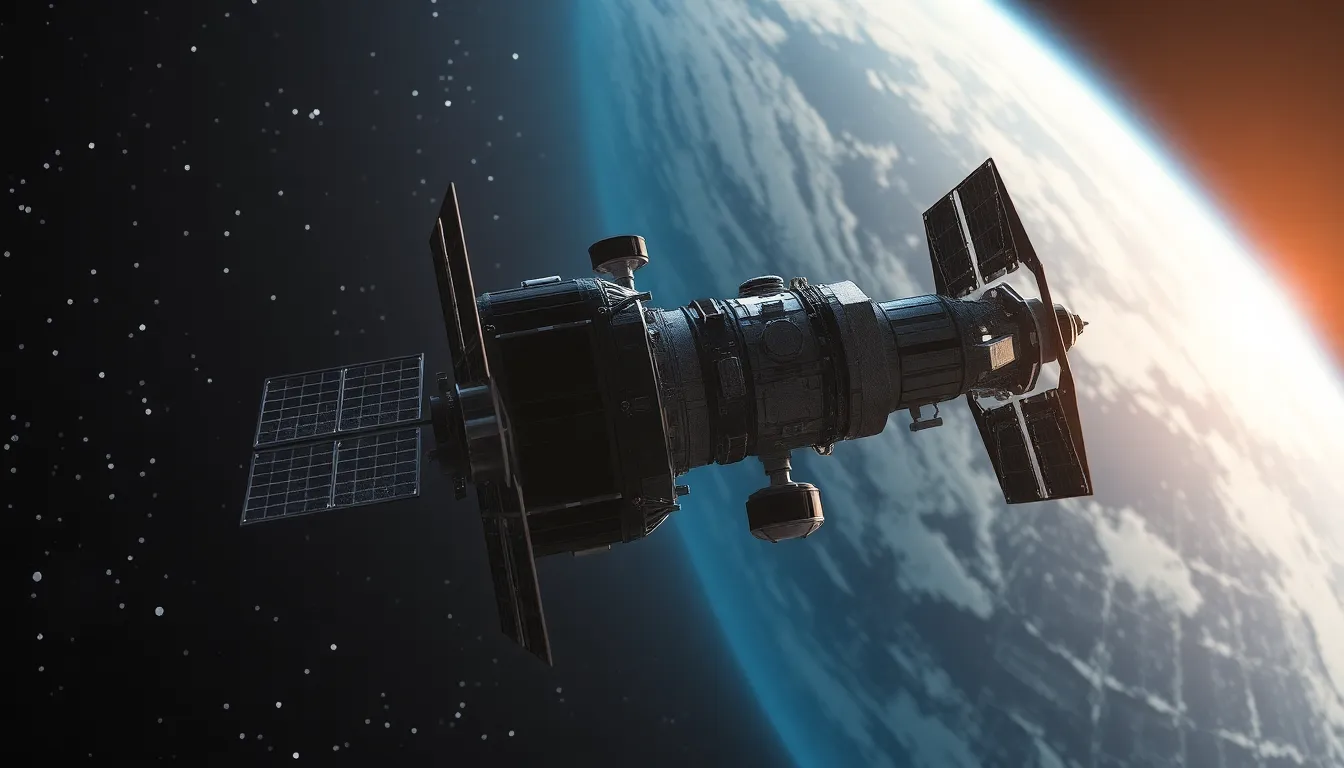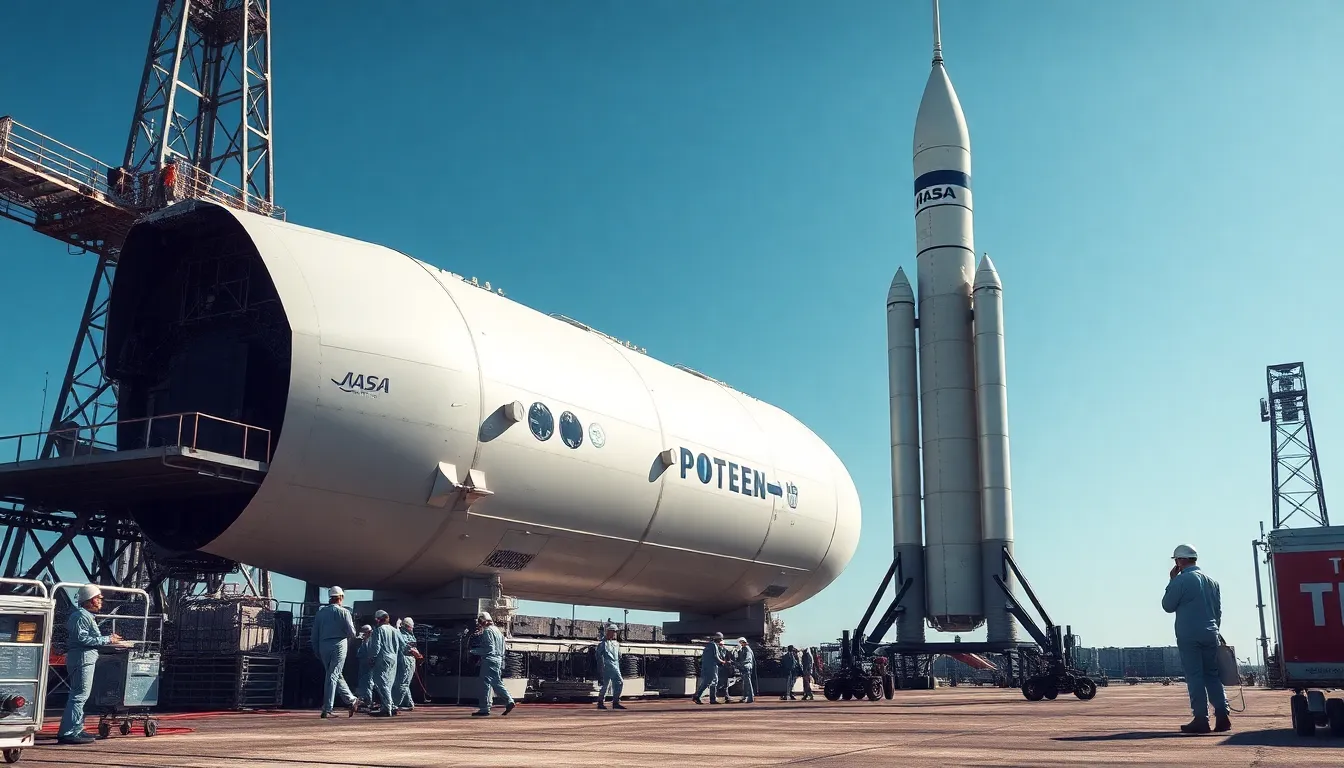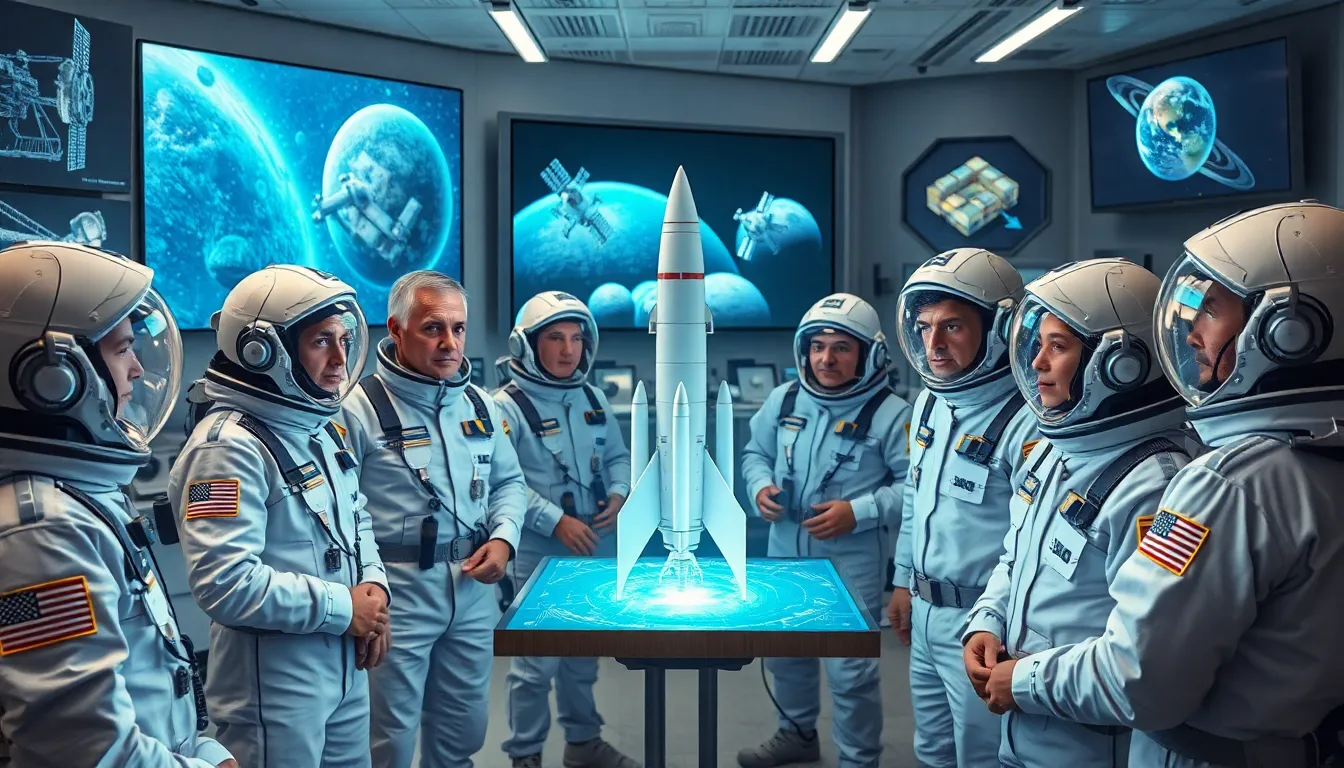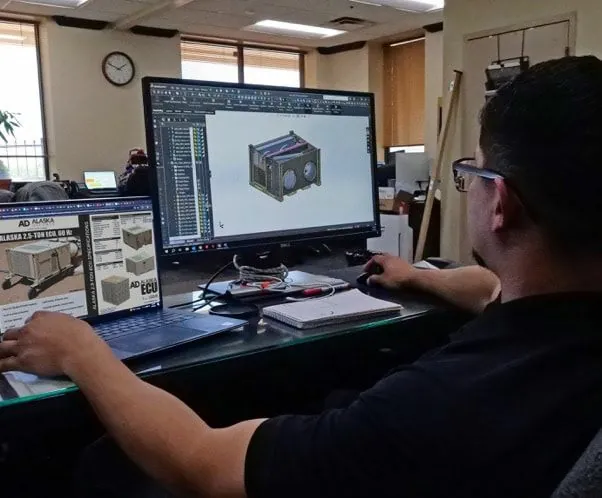Space innovation isn’t just about rocket scientists in lab coats plotting to take over the universe. It’s a thrilling frontier where creativity meets technology, and the possibilities are as vast as the cosmos itself. From satellite advancements that keep our GPS from leading us to the nearest black hole to groundbreaking research on Mars that might just reveal if aliens prefer pizza or tacos, the excitement is palpable.
Table of Contents
ToggleOverview of Space Innovation
Space innovation encompasses a wide array of advancements that revolutionize humanity’s exploration of the cosmos. Innovations in propulsion systems, for instance, enhance efficiency, enabling spacecraft to travel farther and faster. Developments in satellite technology significantly improve telecommunications; these advancements facilitate global connectivity and real-time data exchange.
Robotic missions to celestial bodies, including asteroids and Mars, engage researchers in groundbreaking studies. These findings may unlock secrets of planetary formation and the potential for life beyond Earth. Artificial intelligence in navigation systems streamlines mission planning and operation, minimizing human error and maximizing precision.
Collaboration between private enterprises and governmental space agencies fuels rapid advancements. Companies like SpaceX and Blue Origin drive competition, fostering creativity in launch systems and supporting reduced costs. The democratization of space access creates opportunities for various nations and organizations to participate in space missions.
Emerging technologies, such as 3D printing, transform manufacturing processes for spacecraft components, allowing the production of parts in situ on other planets. Innovations in life support systems promise longer-duration human missions, enabling deeper exploration of distant planetary environments. Data analytics empowered by machine learning aids in processing vast amounts of information collected during space missions.
The interdisciplinary nature of space innovation emphasizes the importance of merging engineering with fields like biology, materials science, and computer science. These cross-sector collaborations bring forth new methodologies, vital for solving complex challenges faced in space exploration. From enhancing daily satellite applications to exploring the solar system’s frontiers, space innovation continuously enriches human knowledge and capabilities.
Key Innovations in Space Technology



Space technology has recently experienced remarkable advancements that drive exploring the cosmos forward. Innovations span various fields, actively transforming how missions are planned and executed.
Satellite Advancements
Satellite technology has evolved significantly, improving communication and navigation systems worldwide. Next-generation satellites employ advanced materials and designs to enhance durability and efficiency. Such improvements increase GPS accuracy to within centimeters. High-throughput satellites deliver increased bandwidth, supporting better internet access in remote regions. Earth observation satellites utilize sophisticated sensors to monitor climate change and natural disasters, providing crucial data for research. These innovations form the backbone of modern telecommunication systems, enabling real-time communication across vast distances.
Launch Vehicle Enhancements
Launch vehicle technology has seen groundbreaking developments, allowing for cost-effective space access. Reusable rocket systems minimize expenses and increase mission frequency. SpaceX’s Falcon 9 and Blue Origin’s New Shepard exemplify this trend, with successful landings demonstrating practical reusability. Advanced propulsion systems boost payload capacities, facilitating deeper space exploration. Additionally, lightweight materials enhance rocket efficiency while maintaining structural integrity. These advancements result in accelerated timelines for launching new missions, expanding the possibilities for scientific inquiry and discovery.
The Role of Private Companies
Private companies play a significant role in driving space innovation forward. Their involvement enhances technological advancements and broadens human understanding of space.
Notable Players in Space Innovation
SpaceX, Blue Origin, and Virgin Galactic lead in private sector innovation. SpaceX revolutionized the industry with reusable rockets, drastically reducing launch costs. Blue Origin focuses on making space travel accessible through suborbital flights. Virgin Galactic aims to offer commercial space tourism, which opens exploration to a broader audience. Together, these companies push boundaries and inspire new entrants in the space sector.
Impact on Research and Development
Private enterprises significantly influence research and development in space exploration. They offer innovative solutions that improve mission success rates and reduce operational expenses. By utilizing advanced technologies, these companies contribute to breakthroughs in satellite systems and propulsion methods. Collaborations between private firms and governmental agencies result in shared knowledge and resources, further fueling scientific discovery. The accelerated pace of innovation fosters an environment where experimentation thrives, enhancing humanity’s ability to explore and utilize space efficiently.
Future Trends in Space Innovation
Innovations in space technology continue to progress rapidly, shaping the future of exploration. Emerging trends indicate several exciting developments on the horizon.
Potential Breakthroughs on the Horizon
- Advanced propulsion technologies promise shorter travel times to distant celestial bodies. Electric propulsion systems could enable faster maneuvers and more efficient energy use during missions.
- Autonomous spacecraft are set to revolutionize mission execution. AI-driven systems can enhance decision-making, allowing for real-time adjustments based on environmental conditions.
- Space mining initiatives are emerging as viable options for resource extraction. Companies are exploring asteroids for valuable materials, which could sustain long-term space missions and support Earth’s economy.
- Mars colonization research shows potential for establishing human habitats on the Red Planet. Innovations in 3D printing and sustainable life support systems may facilitate long-duration stays for astronauts in hostile environments.
Challenges Facing Space Innovation
- Limited funding remains a significant barrier for many emerging technologies. Securing investment from both public and private sectors is critical for advancing ambitious space projects.
- Regulatory hurdles can impede the rapid pace of innovation. Navigating complex legal frameworks poses challenges for private enterprises and government agencies alike.
- Technological limitations often restrict current mission capabilities. Developing lightweight materials and advanced energy solutions requires extensive research and testing.
- Space debris poses an increasing threat to operational satellites and crewed missions. Addressing this issue demands collaborative efforts to develop effective mitigation strategies and improve space traffic management.







